Master of interactive art
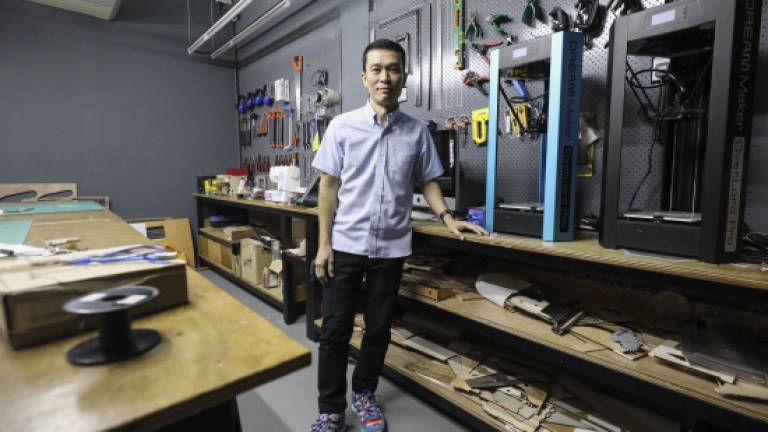
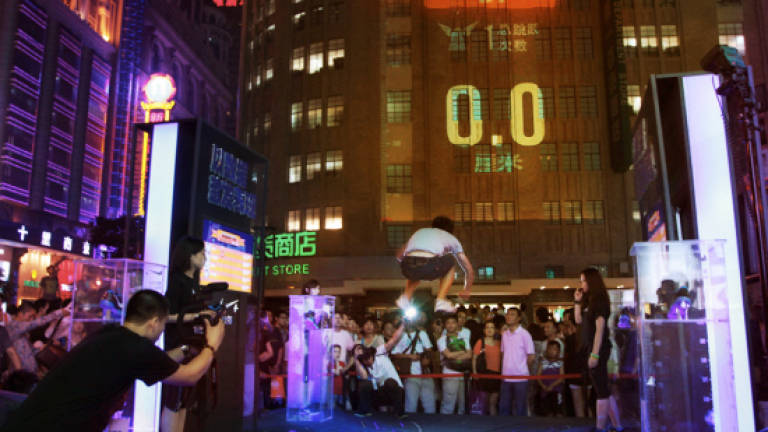
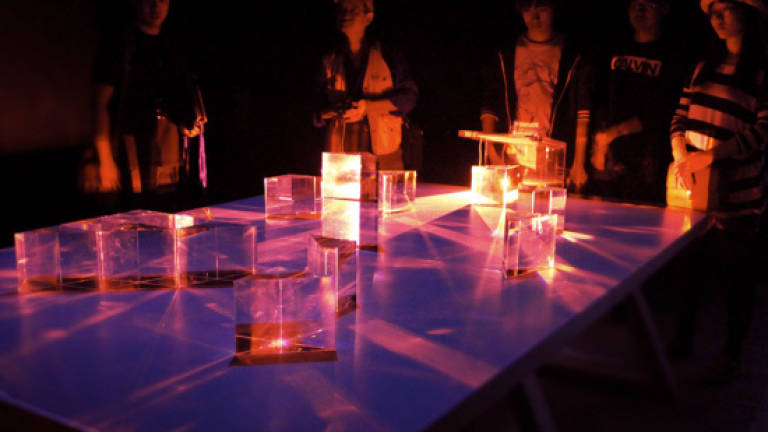
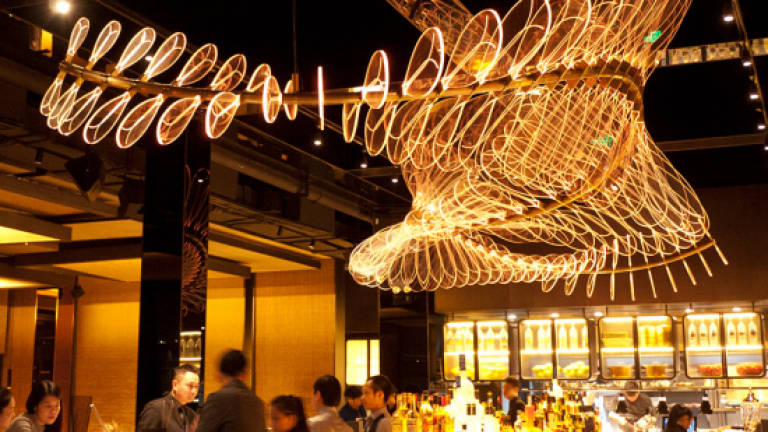
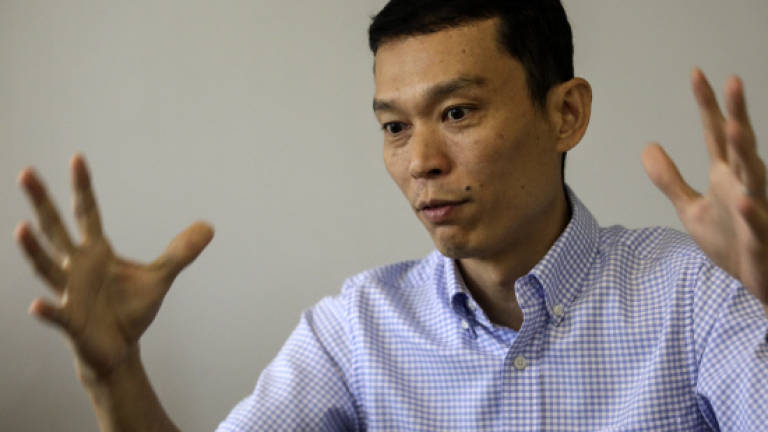
THE CONCEPT of digital media art is relatively new. Unlike other traditional works, digital media art is designed and built to be hands-on, and by nature, is ephemeral.
Cheang Lin Yew is the head at The One Academy’s School of Multimedia Design. He is also an award-winning director in the field of digital media and interactive arts.
“Digital media and interactive art is [the] expression of an artist using technology as a medium,” explained Cheang in a recent interview. “One reason this form of art has a [limited] lifespan is because technology moves so fast. It is a challenge for a digital media artist.”
However, this is not entirely true. Some digital media art can be permanent fixtures.
Cheang added that digital media art focuses on how the artist can engage with his audience through his work. It is this interactivity that artists covet and strive to achieve.
Cheang’s 20 years of experience with this art form began during his tertiary education in Malaysia and New Zealand.
In 2007, he co-founded Super Nature Design, a Shanghai-based multi-discipline design studio specialising in interactive installations, experiential design, sculptural lighting system, interactive design and print graphics. He worked with fellow Malaysian artist Guan Hong, and Shanghainese artist Billy Wen.
“Although I have relocated back to Malaysia, and am currently devoting myself to digital media design education, I am still actively collaborating with my two partners in digital art making,” said Cheang.
Some of Super Nature Design’s digital art installations include Me Wonderland (2010), an art installation commissioned by Converse for its 2010 You’re It summer campaign; and Dreamscape (2013), a lighting sculpture of a representation of a ‘hypercube’ via explorations on the architectural landscape.
The design studio was also responsible for Game On, World (2012), a dynamic and challenging game experience for Nike’s Game On, World campaign that combines the world of sport with digital experiences; as well as Prisma1666 (2011), a light interactive installation consisting of 15 triangular crystal blocks distributed randomly on a clean white surface.
However, Cheang’s favourite is the Fly Beyond @ The Nest (2014), a sculptural lighting piece laid above the bar of The Nest – a gastro-lounge at Rock Bund Shanghai by Grey Goose Vodka & Muse Group.
Because his work uses technology to encourage interactivity, I asked if he considered video games as art, and he said no.
To Cheang, art is first and foremost the expression of the artist.
As such, he does not consider commercial art installations commissioned by companies for marketing – especially pieces where the artist does not have total creative control – as true art.
“Game design and digital media are two different things,” said Cheang. “When designers design a game, they may prioritise many aspects above their original message. I do not consider this art.”
As an educator and artist, Cheang hopes to be able to do more art reactions in the future.
“I am currently focusing on education, but I still keep in touch with my partners in Shanghai to find more collaboration opportunities.
“I also hope to be able to pass on my knowledge and experience to the younger generation, and perhaps they can change the art landscape of Malaysia.”